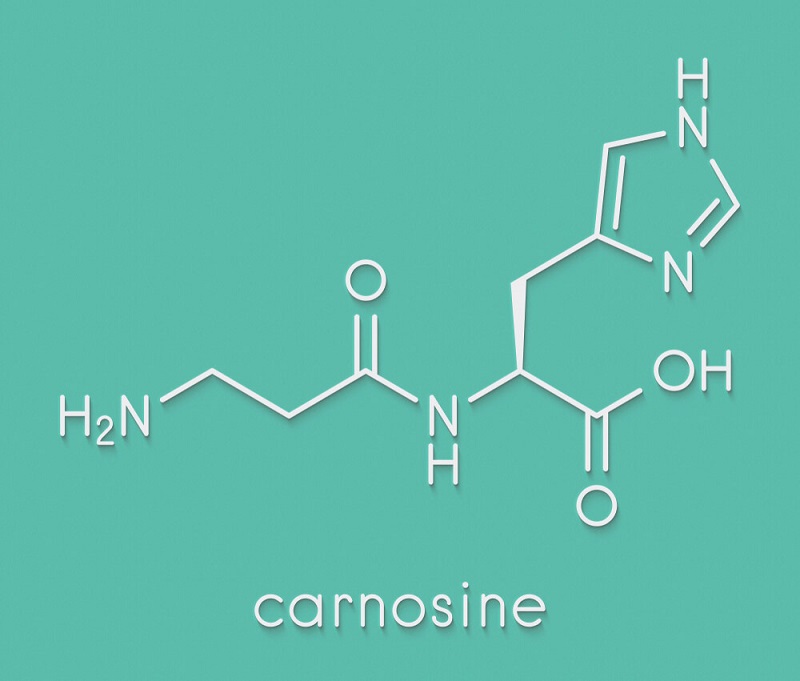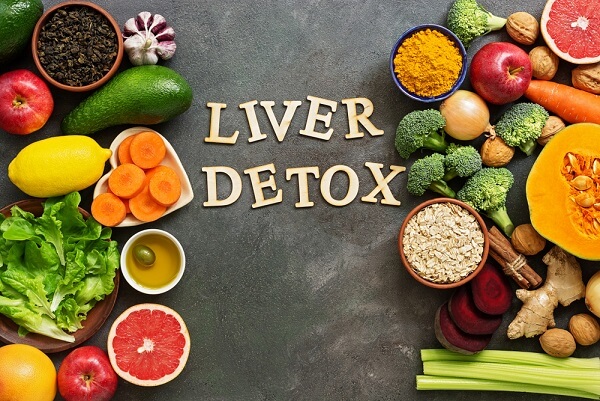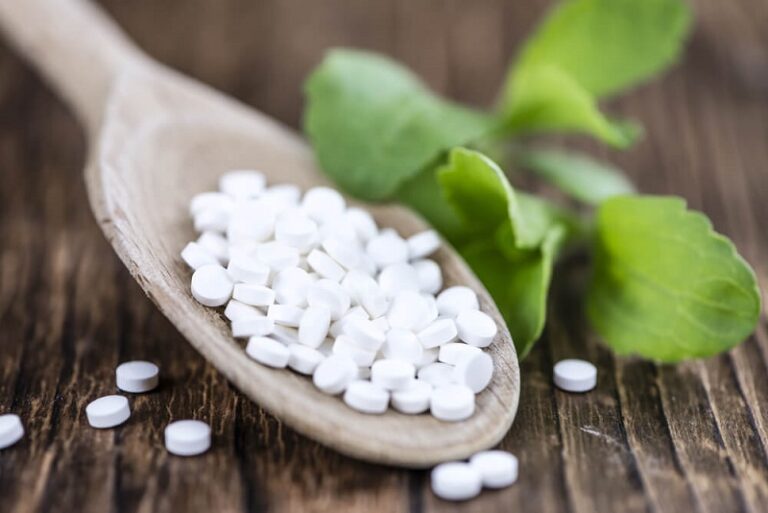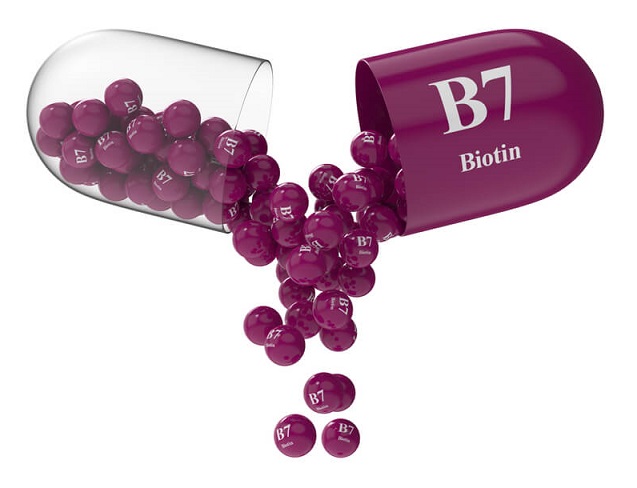Carnosine effects on the body happen in different ways, but mostly in positive form. Carnosine serves as a protein building block, a naturally occurring substance in the body. It is concentrated in working muscles and is also present in the heart, brain, and numerous other body organs. (1)
There are 2 types of carnosinase, serum carnosinase and tissue carnosinase. Serum carnosinase is highly active and can be found in breain tissue. Because of the high activity and selectivity of serum, circulating carnosine in human blood rapidly degrades after 2–3 hours of a meal, which explains why this dipeptide cannot be detected after the fasting period. tissue carnosinase is expressed only in tissues. (2)
What does carnosine do to the body?
The appropriate operation and development of the muscles, heart, liver, kidneys, brain, and many other organs are just a few of the typical bodily processes that carnosine is essential for. Carnosine appears to interact with specific molecules that may contribute to ageing, which has sparked some interest in using it to delay the ageing process.
The main source of carnosine is beef. When there is too much sugar in the body, carnosine can aid to protect the body from harm. Proteins can bind to sugars like fructose and glucose. Additionally to harming the protein, this interaction can also trigger other inflammatory processes in the glycosylated protein. One of the four main damaging processes induced by oxidative stress in the body is the glycosylation of proteins. In a process known as cross-linking, the binding of sugars to proteins can also cause proteins to adhere to one another. Protein glycation and cross-harmful linking’s effects contribute significantly to the ageing process. (3)
The amino acids beta-alanine and histidine come together to make carnosine. Glucose and other sugars can attach to this pair of amino acids in a manner that is remarkably similar to that of full proteins. Protein glycosylation increases in people who have hyperglycemia, whether as a result of Metabolic Syndrome or uncontrolled diabetes. Carnosine levels are lower in diabetics than in non-diabetics, possibly because it is used up in the process of binding to more glucose in the blood. Compared to those who eat meat, strict vegetarians, who do not ingest a lot of carnosine, typically have higher quantities of glycosylated proteins in their bodies.
In the human body, concentrations of carnosine are highest in muscle tissue. Enzymes referred to as carnosinases destroy the majority of the carnosine received from the intestine in the bloodstream. The two amino acids that make up carnosine, alanine and histidine, are easily broken apart by these enzymes.
The body uses carnosine in a number of metabolic processes. Although research has not yet conclusively demonstrated this advantage, it is believed to have antiglycating qualities that may be helpful in treating diabetes and Alzheimer’s disease. Additionally, it has been demonstrated to reduce lipid oxidation, particularly the oxidation of LDL, and it may be a free radical scavenger. It may possibly exert antioxidant activity. It appears to prolong muscular exhaustion and have the capacity to buffer pH action.
What Foods Contain Carnosine?
carnosine foods have been sold as a meat-substitute extract and is typically found in proteins. Beef, turkey, and pork have considerable amounts in their muscular tissues, but chicken has less amounts.
Carnosine is a nutrient highly abundant in beef. To improve human nutrition and health, a daily dietary intake of 30 g of dried beef can totally meet the daily carnosine needs of a 70-kg adult.

carnosine supplements
Supplementing with carnosine is probably not necessary unless one is a committed vegetarian. Following a beef dinner, a person’s blood levels of carnosine rise. While it has been suggested to take 1000 mg of carnosine per day as a supplement, a pound of beef has roughly 1500 mg, and similar amounts of pork or chicken have close to 2000 mg. The majority of fish, including salmon, are high in an amino acid called anserine but low in carnosine. Anserine is also found in the human body, and has actions in cells quite similar to those of carnosine.
Tablets containing carnosine supplements typically range in strength from 100 mg to 500 mg. Carnosine enters the portal circulation after being easily absorbed from the gastrointestinal tract and is degraded into beta-alanine and histidine there. Unmetabolized portions circulate throughout the body before being gradually absorbed by the muscles and other tissues. Carnosine is also hydrolyzed in the kidneys and eliminated at the same time.
The results of supplementing with carnosine are not well understood. High doses have been found by some to be activating, but overall, the drug is well taken and no side effects have been noted. Similarly, there are no established upper intake limits, and overdoses have been documented.
Carnosine Effects & Benefits
- Autism: Early research indicates that giving youngsters with autism spectrum disorders L-carnosine orally for eight weeks may reduce their symptoms.
- Exercise performance
- Ageing
- Helps with diabetes
Carnosine Effects on Exercise Performance
It is generally established that carnosine is crucial for skeletal muscle homeostasis and exercise performance. Similar to the creatine, carnosine works as a high-energy phosphate system. Carnosine shields against reactive oxygen species created during exercise in addition to its muscle buffering actions. Age, gender, food, distribution, muscle fibre distribution, and training level are only a few of the individual elements that affect carnosine content in skeletal muscle.
Carnosine Effects On Ageing
Carnosine has a great impact on the prevention and treatment of senile cataract and can delay visual loss associated with ageing. Zinc plays a specialized role in how the brain works, including things like synaptic transmission. Recent research has indicated that carnosine can prevent or lessen the harmful effects of amyloid peptide and that it can decrease the aggregation of amyloid peptide. As a result, carnosine may be employed as a potential anti-aging medication through the bioavailability of zinc ions. This shows that carnosine effects can delay ageing.
Carnosine Side Effects
Carnosine has been shown to increase cell lifespan and maintain cellular balance. When taking into account all of carnosine’s positive traits and its clinical applications, it can be suggested as a safe, effective natural remedy. However you might occasionally suffer some typical side effects like nausea, vomiting, headaches, and upset stomach.
Blood pressure may be lowered with carnosine. Theoretically, taking carnosine could cause and worsen the low blood pressure.
Reduced muscle tone, develop mental delays in children and newborns, mental retardation in children and infants, degeneration of nerve tissue, and tremors are some of the signs of carnosine deficiency. (4)
What does carnosine do in the brain?
According to studies, increasing the amount of carnosine in the brain may enhance memory, cognitive function, and mental tiredness as well as lessen the symptoms of neurodegenerative disorders including Alzheimer’s and Parkinson’s are some of carnosine effects on brain.






